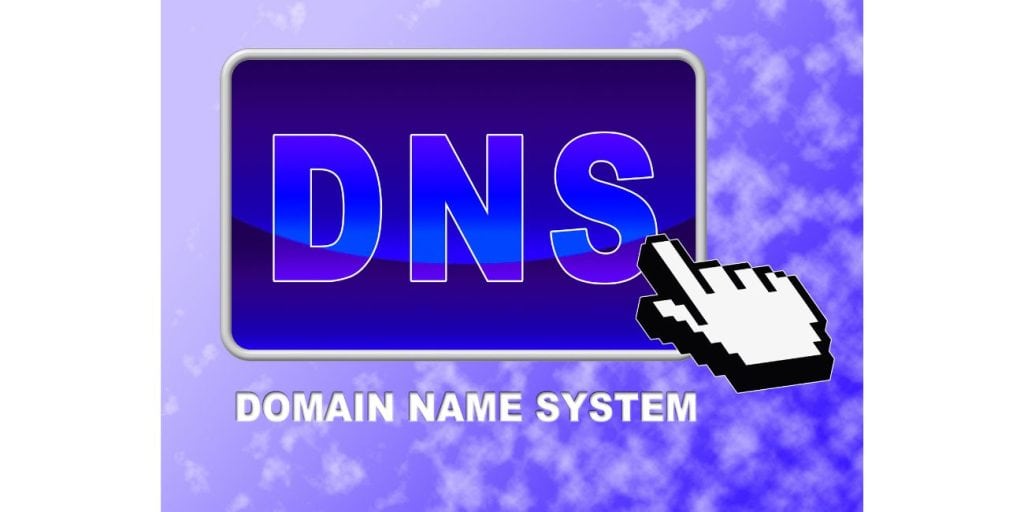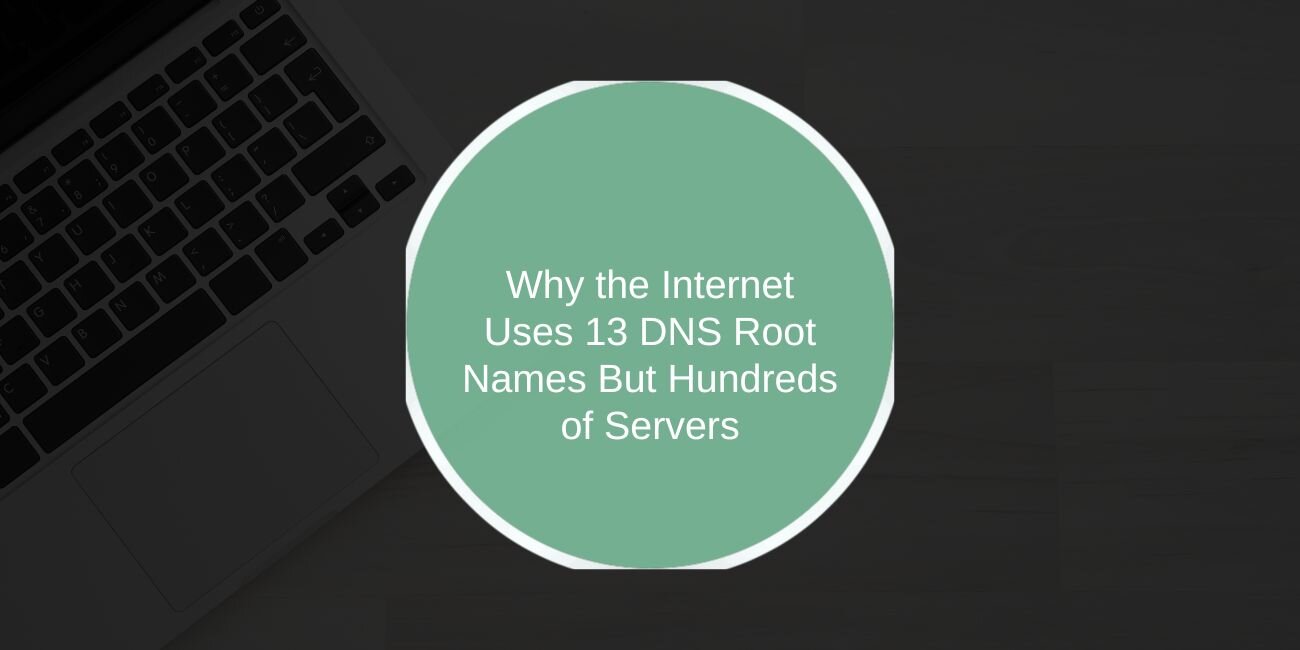The Domain Name System (DNS) is what turns web addresses like google.com into IP addresses that your device can connect to. At the top of this system are the root name servers—they help guide your browser toward the right destination when you start a web request.
But here’s the question that puzzles many: why are there only 13 root server names for the entire internet? With billions of users online, how can just 13 be enough?
The 13 Root Server Identifiers Explained

There are exactly 13 root server identifiers, labeled A through M. These are the original names set up in the early days of the internet and are still in use today.
However, these are not single computers. Each of the 13 is a logical name, not a physical machine. Behind each one are many actual servers spread across the globe.
Each identifier is operated by a different organization. Some are private companies, others are universities, and a few are government-backed entities. They all follow strict rules and work together under the global internet infrastructure.
Even though you hear “13 servers,” in reality, these names are backed by over 1,000 individual server instances worldwide. That’s how they serve the entire planet.
Why Only 13? The Technical Reason
The main reason there are only 13 root server names has to do with the limitations of the IPv4 protocol, which the early internet used. In a DNS response, the list of root servers had to fit inside a single 512-byte UDP packet.
That size could only hold 13 IP addresses plus the required header data. So, the designers of the system limited it to 13 names to avoid overflow or broken lookups.
Although newer systems like IPv6 allow larger packet sizes, the structure was already built, stable, and widely deployed. Rather than change it, engineers improved how each server operates to handle more traffic using smarter routing.
One Name, Many Locations: How Anycast Expands Capacity
Each of the 13 root server names doesn’t point to one place. Thanks to a method called anycast, a single name like F-root can be served from multiple geographic locations—sometimes over 100.
With anycast, all these locations share the same IP address, and internet routers automatically direct your request to the closest available server. This makes the system faster and more reliable, even though the name stays the same.
For example: the
F-rootserver, operated by ISC (Internet Systems Consortium), has dozens of nodes around the world. A user in Japan connects to one near Tokyo, while a user in Germany connects to one in Frankfurt—all using the same root name.
Who Runs the DNS Root Servers?

The root servers are not controlled by one company or country. Instead, they are operated by different trusted organizations that work under international agreements.
Here are some examples of operators:
- ICANN – Internet Corporation for Assigned Names and Numbers
- Verisign – a private internet infrastructure company
- NASA – the U.S. space agency
- University of Maryland, US Army, Netnod, and more
Each of these groups manages one or more root server instances, ensuring their stability, uptime, and global coverage.
The root zone file, which connects domain names to top-level domains like .com or .org, is managed by IANA (Internet Assigned Numbers Authority), which is operated by ICANN.
What Happens If One Fails?
If a root server goes offline, there’s no global outage. Because of the anycast system and hundreds of backup nodes, your internet requests are simply routed to the next-closest working instance.
The DNS infrastructure was built with fault tolerance in mind. It can survive equipment failures, power loss, or even cyberattacks like DDoS attempts. There’s no single point of failure.
Load is also spread evenly between nodes, so no one server gets overwhelmed. That’s why the system continues to work even during major outages or traffic spikes.
Final Thoughts: A Global System, Not Just 13 Machines
The number 13 might sound small, but in DNS terms, it’s just a label system, not a limit. Behind those 13 names are hundreds of powerful, well-managed servers across the world.
Thanks to smart routing and distributed design, the root DNS network is both scalable and secure—and it quietly works every time you type a website into your browser.

